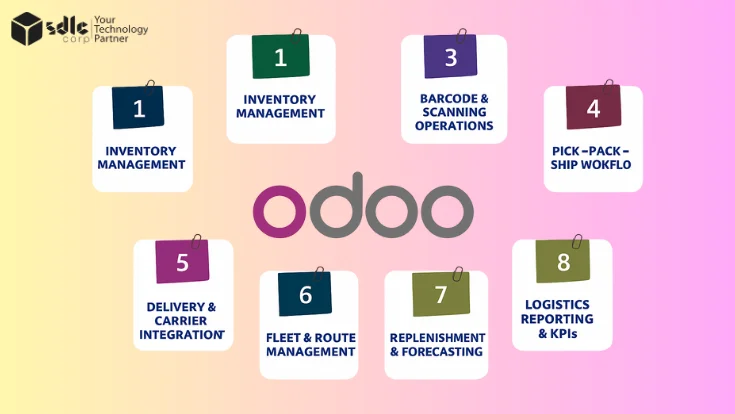Introduction
The rise of online card games has transformed how users play, compete, and win. Among the various formats, rummy games stand out due to their addictive gameplay and real-cash rewards. But beyond the thrill of the cards lies a powerful business engine, the rummy game financial model.
Whether you’re a game developer, investor, or entrepreneur eyeing the iGaming industry, understanding how rummy apps make money, how much they cost, and what profit margins you can expect is critical. In this guide, we’ll unpack the financial planning, revenue streams, cost structure, and return on investment (ROI) of launching a rummy game, along with practical tips, real-world insights, and expert-backed recommendations.
Read More: Rummy Game Business Model
What is a Rummy Game Financial Model?
A rummy game financial model is a comprehensive blueprint that outlines how a rummy app generates revenue, incurs costs, and becomes profitable. This model serves stakeholders like founders, investors, and marketing teams who need a clear picture of profitability, scalability, and cost forecasting.
Key components include:
- Revenue streams (entry fees, in-app purchases, ads)
- Fixed and variable costs (development, operations, marketing)
- ROI forecasts and break-even analysis
- Legal compliance and growth planning
This financial model offers a roadmap for turning a rummy app into a sustainable business.
If you’re exploring this space, working with a reliable rummy game development company can help align your financial projections with real-world execution.
Revenue Streams in Rummy Games
A well-structured monetization strategy is the heart of a rummy app’s profitability. Here are the most common revenue sources:
1. Entry Fees & Rake

Players pay a small fee to enter cash games or tournaments. A percentage (rake) is retained by the platform, typically between 5% and 15%.
2. In-App Purchases (IAP)

Freemium models offer optional purchases like chips, avatars, or game boosts. These micropayments contribute heavily to ongoing revenue.
3. Advertisements

Large user bases attract advertisers. Ads include banners, interstitials, and rewarded videos that offer in-game perks for watching.
4. Subscription Models

Premium members pay monthly or annually for ad-free experiences, priority support, and exclusive game access.
5. Referral & Affiliate Programs
Users earn bonuses by referring friends. Affiliates promote the app in exchange for a share of revenue or fixed commissions.

Understanding these streams is essential when designing your rummy app monetization strategy. Development partners can provide critical insight into aligning features with revenue goals.
Read More: 10 Ways to Generate Revenue from Rummy Games
Cost Structure of a Rummy Game

Understanding your burn rate is crucial. The cost structure typically includes:
1. Development Costs
Building the platform requires UI/UX design, frontend/backend development, QA, and deployment. Depending on features, rummy game development cost ranges from $10,000 to $80,000.
2. Maintenance & Server Costs
Post-launch, you need cloud hosting, database management, real-time multiplayer support, and regular updates.
3. Marketing & User Acquisition
Running paid ads, influencer campaigns, and SEO are essential. Customer Acquisition Cost (CAC) should be optimized.
4. Licensing & Compliance
Depending on geography, rummy may require real money gaming licenses, GST/TDS compliance, and legal consultations.
5. Support & Operations
Includes KYC verification, 24/7 support teams, fraud prevention tools, and payout processing systems.
Selecting a development partner with experience in rummy game development services ensures better cost control and strategic planning.
ROI (Return on Investment) Forecast

A successful rummy app can achieve break-even in 6–12 months. Here are the key ROI drivers:
- Efficient monetization through multiple revenue streams
- Scalable server architecture
- Strong user retention strategies
- Legal compliance to avoid disruptions
Read More: Rummy Game Monetization Strategies
ROI Example (Monthly):
| Category | Amount (USD) |
|---|---|
| Entry Fees & Rake | $20,000 |
| In-App Purchases | $15,000 |
| Ads & Subscriptions | $10,000 |
| Total Revenue | $45,000 |
| Development & Ops | $8,000 |
| Marketing | $10,000 |
| Compliance & Support | $10,000 |
| Total Expenses | $28,000 |
Case Study: Mid-Sized Rummy App in India
A mid-sized platform developed by a rummy game development company in India attracted 50,000 users in 8 months. With modest marketing and effective user retention, it reached break-even by month 10. Revenue came primarily from entry fees and VIP subscriptions, while costs were managed using scalable cloud solutions.
This example highlights the importance of working with a development team experienced in optimizing rummy app ROI. Reviewing case studies or portfolio examples can offer valuable insight.
Tips to Maximize Profitability

- Use analytics to measure KPIs like ARPU, LTV, and churn
- Implement loyalty rewards and referral bonuses
- Choose a scalable backend for handling peak loads
- Focus on fair-play algorithms and user trust
- A/B test features before full release
Freemium vs Real-Money Rummy (Comparison Table)
| Feature | Freemium Model | Real-Money Model |
|---|---|---|
| Revenue Source | Ads, IAP | Entry fees, IAP, VIP |
| User Base | Large, casual users | Focused, high-value |
| Legal Regulation | Minimal | High (licenses needed) |
| Monetization Potential | Moderate | High |
Final Thoughts
The rummy game financial model is multifaceted and dynamic. Whether you’re entering with a real-money model or scaling a freemium app, understanding your financials, selecting the right development partner, and ensuring compliance are keys to long-term success.
Collaborating with an experienced rummy game development company that provides complete rummy game development services, validated by real case studies or portfolio results, can significantly improve your chances of achieving strong rummy app ROI.
How SDLC Corp Can Help
SDLC Corp supports businesses by offering full-cycle rummy game development services, including design, development, deployment, and post-launch support. With industry experience and a proven portfolio, SDLC Corp helps optimize development costs and maximize rummy app ROI through tailored monetization strategies.
We empower startups and enterprises with strategic guidance and technical expertise to build scalable, compliant, and revenue-generating rummy platforms that deliver long-term success.
FAQ's
Is it legal to run a rummy app in India?
Yes, rummy is considered a game of skill in many Indian states. However, real-money gaming requires compliance with state laws and tax regulations.
How soon can a rummy app become profitable?
Depending on marketing and user acquisition, many apps reach break-even within 6–12 months.
What is the average cost to build a rummy game?
Rummy game development cost ranges from $10,000 to $80,000 based on complexity, platform, and features.
What’s the best monetization strategy for rummy apps?
Combining entry fees, subscriptions, and in-app purchases is a proven rummy app monetization strategy.
Should I go with a rummy game development company in India?
Yes, India offers affordable, experienced development teams familiar with local regulations and user preferences.
Can SDLC CORP handle end-to-end development?
Yes, SDLC CORP can handle end-to-end rummy game development. They offer complete services from concept, design, and development to deployment and post-launch support.



















